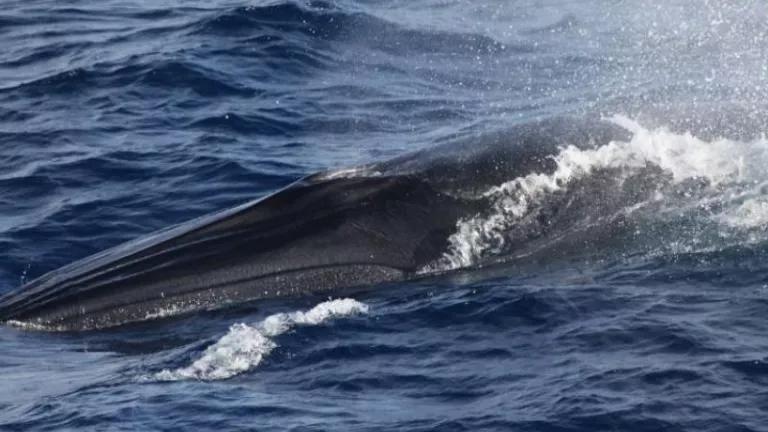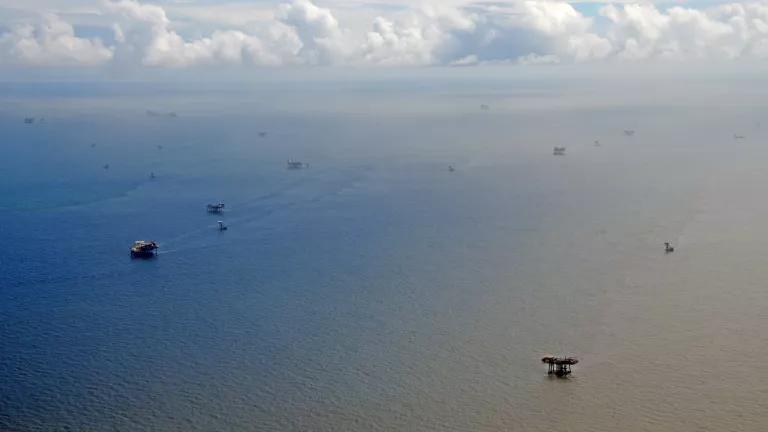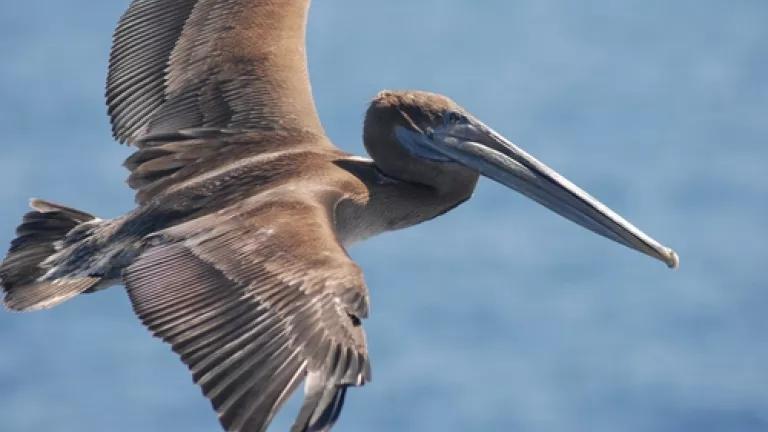
Today is World Oceans Day and we are facing the worst oil spill in U.S. history. I wanted to take a minute to look at some of the hundreds of wildlife species and habitats at risk. Hopefully this will serve as a reminder for why we fight for ocean protection, including why NRDC is 1) calling for a moratorium on all new offshore oil and gas activities until we find out what went wrong in the Gulf, 2) supporting the creation of a National Ocean Policy (think Clean Air or Clean Water Act), and 3) urging our nation to transition to clean energy that can’t spill or run out.
Photo Credit: NOAA
Brown pelicans have sharp eyesight and dive steeply into the water from heights of 60 to 70 feet to catch fish – water that is now covered in oil. Recently removed from the Endangered Species List, they are still being monitored to make sure their recovery is complete. The Southeastern U.S. supports approximately 90% of the nation’s brown pelicans, with the Gulf Coast comprising 40% of that habitat. Oil ingestion is not the only health risk for these birds - their feathers can get fouled by oil to the point that they can no longer fly.
The photos below show brown pelicans near Breton Island, Louisiana, during a NRDC trip to the Gulf Coast right after the spill.
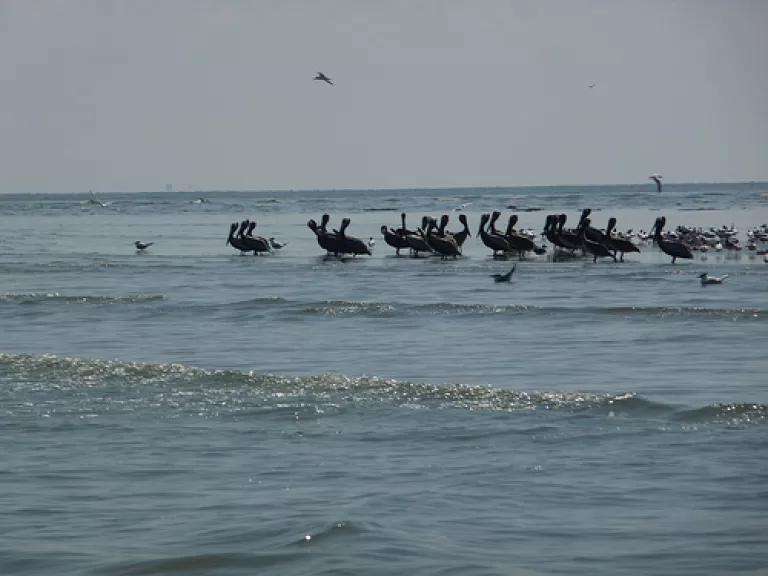
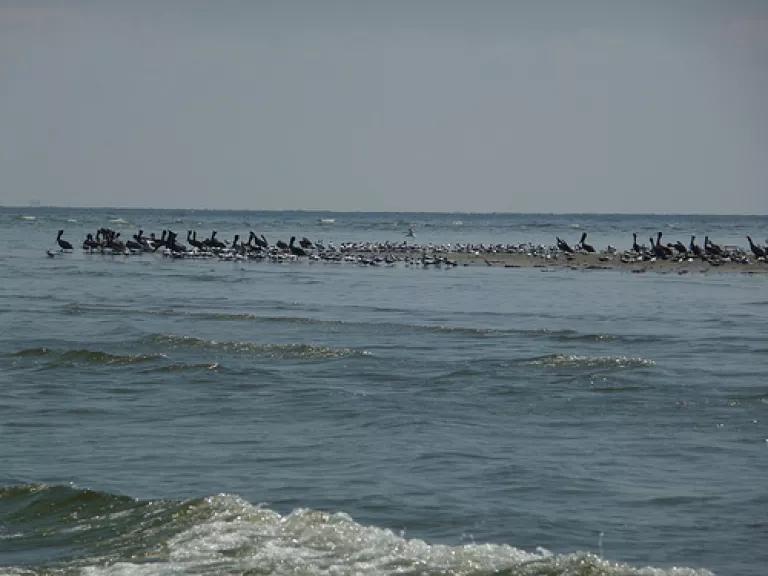
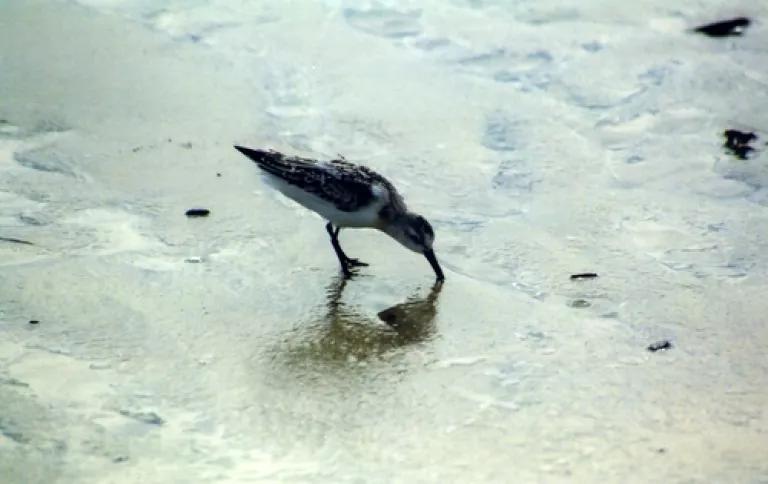
Photo Credit: NOAA
Shorebirds like sandpipers (pictured above) travel from South America to the Arctic to breed and are currently in peak migration. Long term chronic effects from consuming oil-contaminated prey can lead to reproductive failure. For example, more than 10 years after the Exxon Valdez spill, black oystercatchers that forged in contaminated areas had smaller eggs and reduced breeding levels compared to other populations.
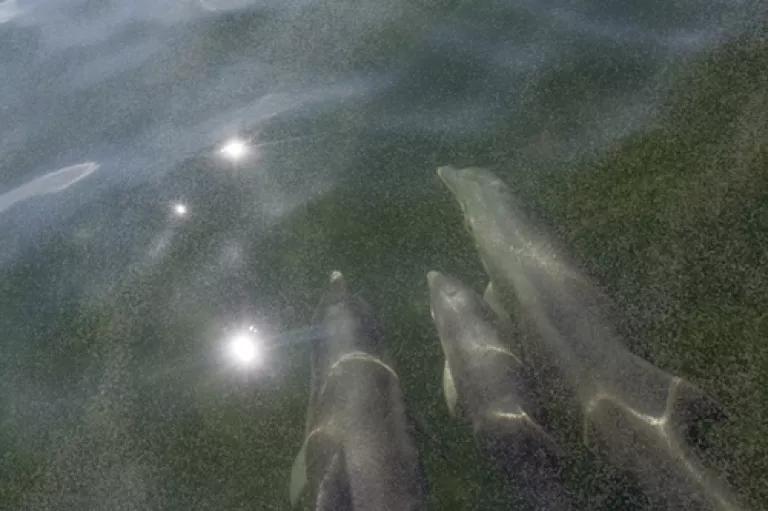
Photo credit: Alex Brandon, AP
More than 30 distinct population segments of bottlenose dolphins can be found in the Gulf of Mexico. These populations are currently calving in the polluted waters. The dolphins pictured below were captured swimming in the middle of chemical dispersants released to break up the oil during NRDC’s recent visit to the spill site.
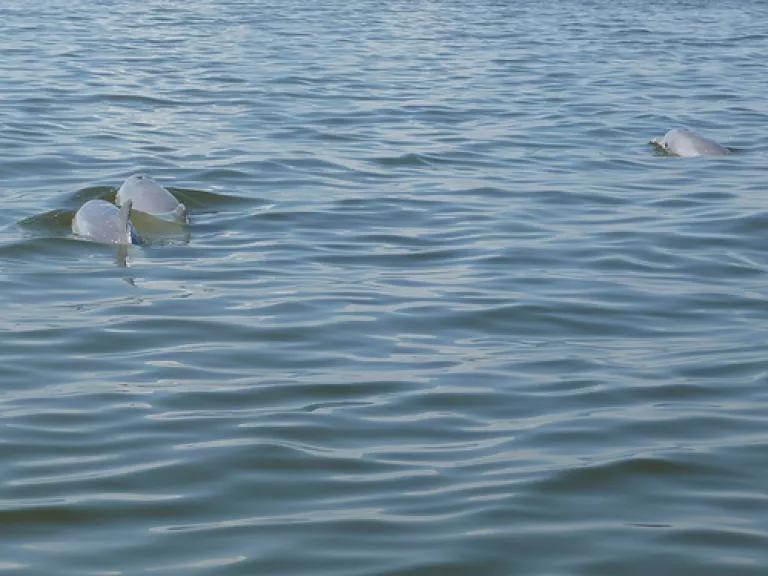
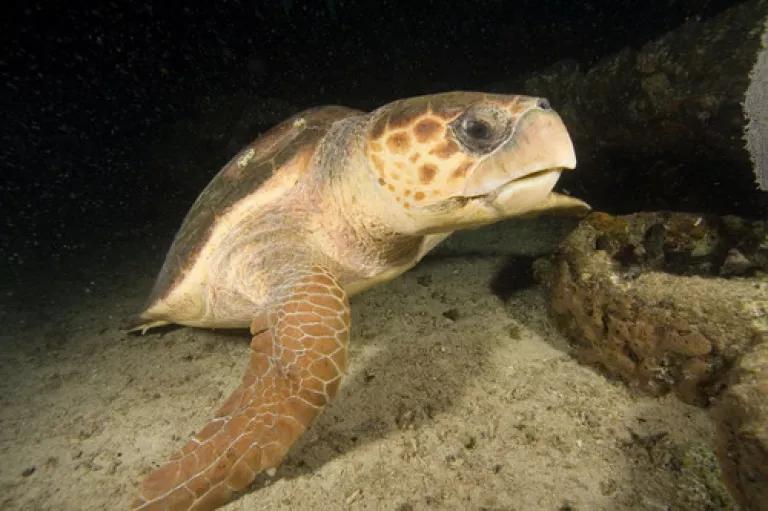
Loggerhead Turtle, Photo Credit: Dr. Paddy Ryan
Of the six species of sea turtles found in U.S. waters– green, hawksbill, Kemp's ridley, leatherback, loggerhead, and olive ridley – all are threatened with extinction. This includes the loggerhead turtle pictured above and found in the Gulf of Mexico. The oil spill could leave turtles too ill to mate or lay their eggs and, once ashore, the oil can contaminate their nests.
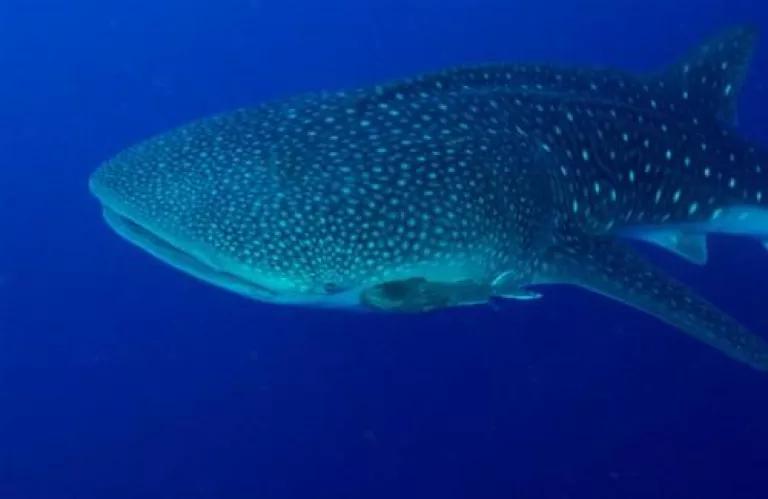
Photo Credit: Seaweb, NRDC Web Department
Currently more than 40 species of sharks can be found in the Gulf of Mexico. Many are currently breeding and use the local seagrass areas as nurseries. Whale sharks are at a special risk of ingesting oil because of the considerable amount of time they spend at the surface of the water, near the oil.
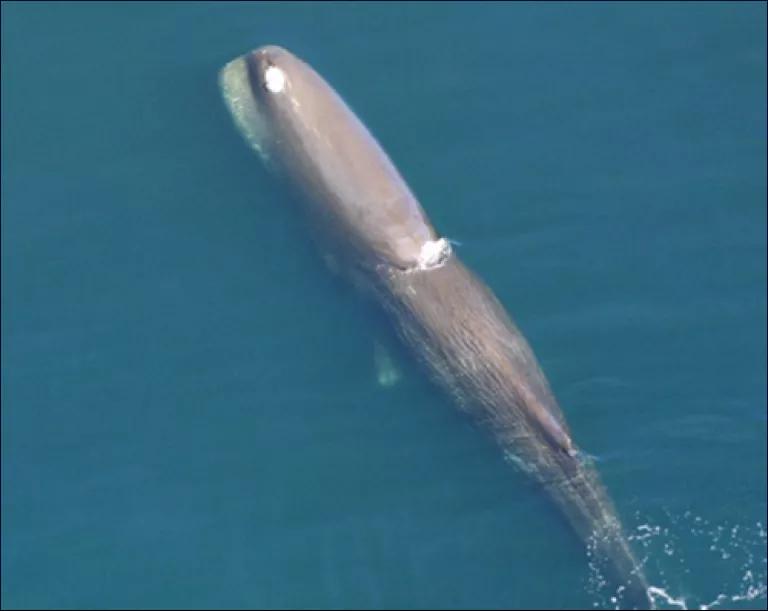
Photo Credit: NOAA
The loss of only 3 of the Gulf of Mexico’s population of sperm whales – of which there are just 1,400 to 1,600 – could risk the species’ long term survival. Sperm whales, like dolphins, surface to breathe and can ingest oil; oil can also impact the whales’ prey like squid. After the Exxon Valdez disaster, some populations of killer whales were reduced as much as 40% percent.
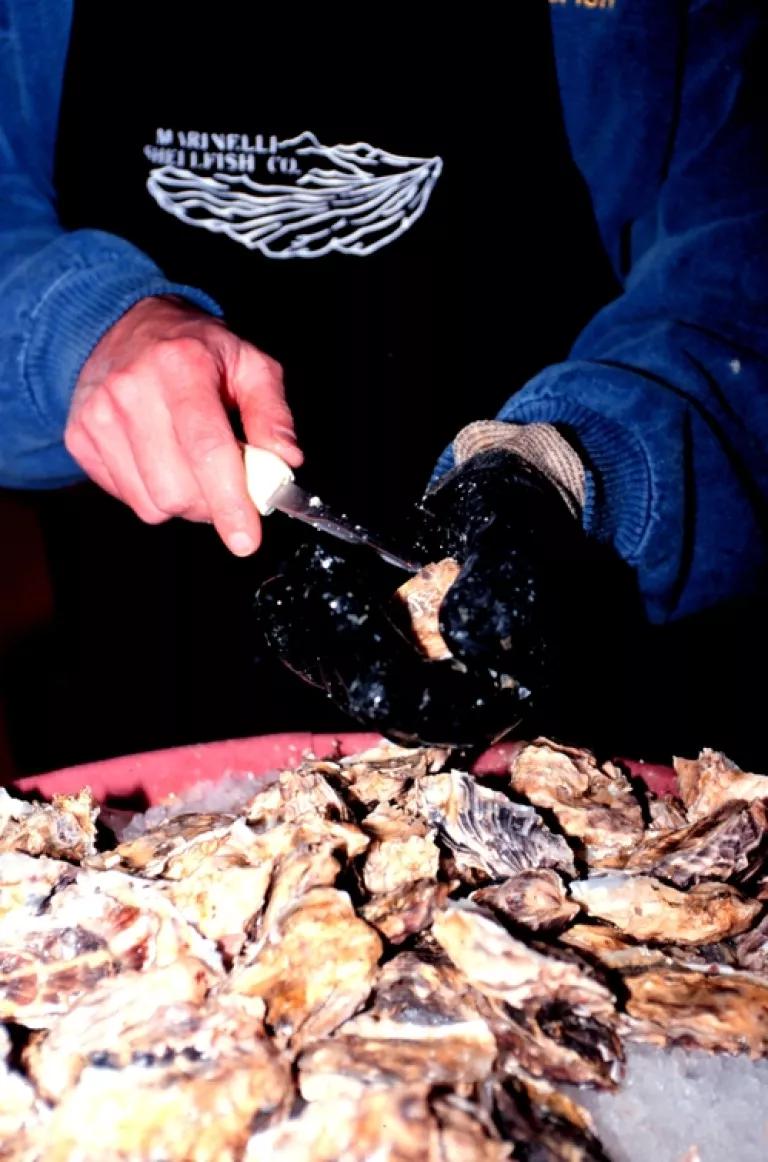
Photo Credit: NOAA
Oysters are likely to be negatively affected by both direct contact with the oil and by the efforts to ward it off. Intertidal oysters are vulnerable to effects of coming in contact with approaching oil (toxic to oysters) and oysters within interior estuaries are at risk of mass flows of fresh water that are being flushed into the coastal areas to push out the oil.
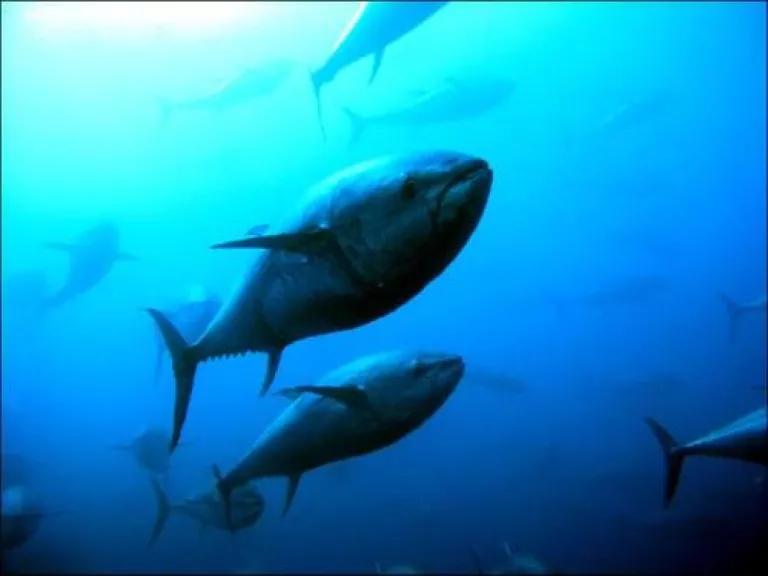
Photo Credit: Antonio Medina Guerrero, UCA
The entire western Atlantic breeding population of bluefin tuna migrates into the Gulf and Florida Straits to spawn from mid-April to June. The Atlantic bluefin tuna is a candidate for endangered species status.
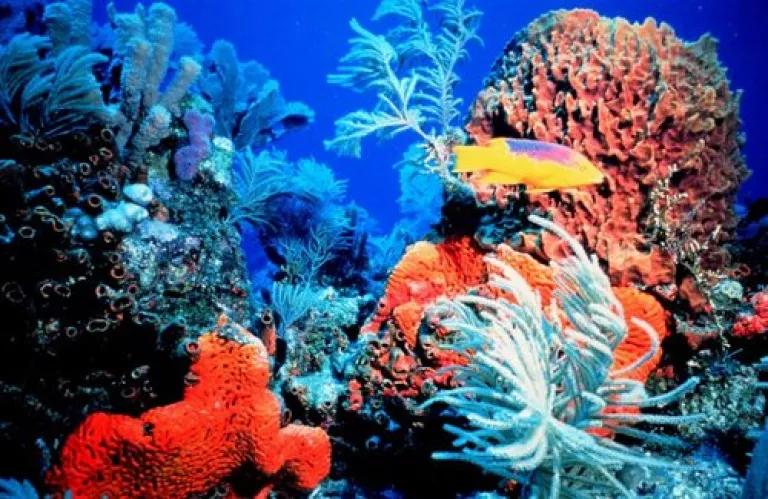
Photo Credit: NOAA Photo Library, courtesy of Florida Keys National Marine Sanctuary
The coral habitat of the Florida Keys is the 3rd largest in world. Such delicate habitats like these are already stressed from overfishing, pollution, water warming and acidification. An oil spill will only add to their stress and decline.

Photo Credit: NOAA Photo library, courtesy of Ben Mieremet, NOAA/NOS
Wetlands such as Texas’s Mission-Aransas National Estuarine Research Reserve (pictured above) provide important storm protection for the Gulf shore. Estuaries are critical habitat for many species and commercial fish and shellfish populations: more than 75 percent of the nation’s commercial fish and 80 to 90 percent of its recreational fish spend part of their lives in coastal and estuary habitats.



